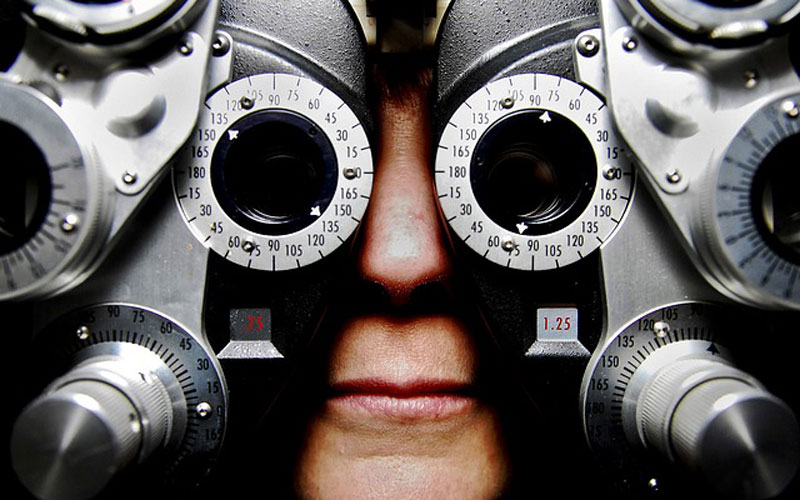Just this month, drug manufacturer Spark Therapeutics said it successfully completed a phase III trial for an exciting new gene therapy treatment for inherited retinal dystrophies, a progressive disorder that can cause blindness. This means they’re one step closer to putting a cure for congenital blindness actually on the market.
“The trial results are very exciting,” says Katherine High, president and chief scientific officer of Spark Therapeutics.
The research group for the new gene therapy conducted a study to test whether or not their product would work. They gave a group of individuals with a rare form of congenital blindness injections of a vector expressing the enzyme that they’re missing. Then they sent the patients through an obstacle course with various levels of lighting to test their vision.
“We showed that that [treatment] was safe and also resulted in restoration of vision,” High says.
After one year, they tested their subjects again and compared them to a control group that hadn’t received an injection.
“Two-thirds of the people exposed to the product who were injected with the vector reached the maximum possible benefit. They were able to pass the mobility test at the lowest light level where we run it, which is equivalent to the level of lighting that you see with a night light in your bathroom,” High says.
Next up for the gene therapy? FDA approval. The FDA will examine the product’s safety, and make sure it can be produced consistently, in a safe way.
This gene therapy is just one of many promising technologies that involve swapping a bad copy of a gene for a functional one. Scientists have been studying the idea for around three decades. Dr. Richard Samulski has been researching the use of gene therapy in treating muscular dystrophy, and hopes to introduce therapy tests into patients by 2017.
It’s been a long road, however, for researchers working to take gene therapy from theory to reality.
“It’s been primarily done all at the academic level,” Samulski says. “We now have a G and P facility making clinical grade material for studies like this. … [We’ve had] to put a consortium of investigators together to actually bring one of these to fruition.”
The success of gene therapy could essentially mean a one-time treatment to help people dealing with genetic disorders.
“I think it’s a new paradigm,” Samulski says. “It’s been estimated if you put everybody who has a genetic disease into one country, it would be the third largest country on the planet. And that’s a medical burden that I think we’ve ignored for a period of time and basically is something we can address with this type of technology.”
This article is based on an interview that aired on PRI’s Science Friday with Ira Flatow.
